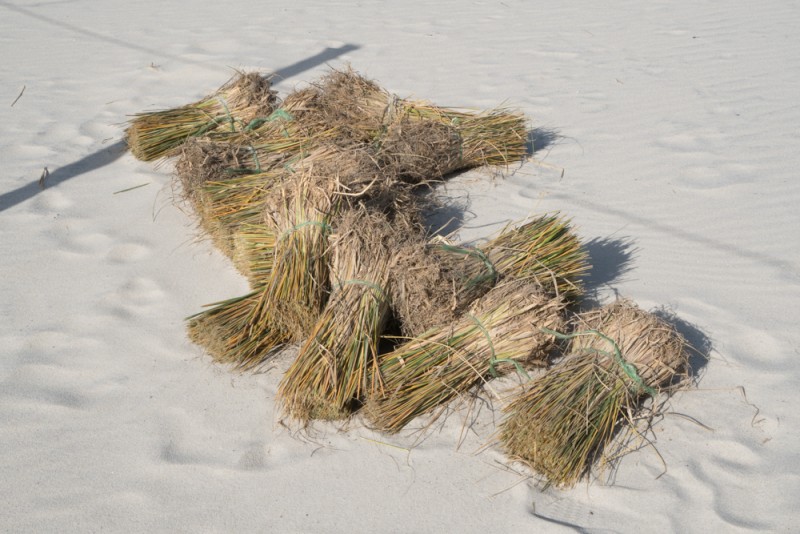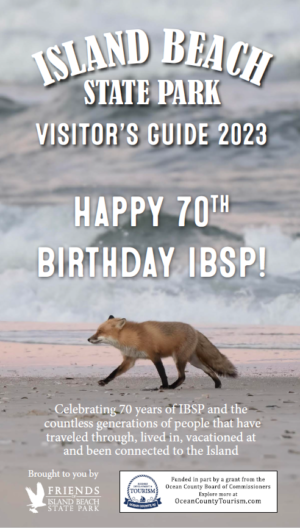Plant that beachgrass!!!
by Bianca Charbonneau, PhD.
It’s beachgrass planting season and that means that there are currently many opportunities to get involved with local beach management efforts! The beachgrass planting season varies by location. Along the US Mid-Atlantic, the planting season typically runs from October to March. However, there is some wiggle room around this time range such that a September or April planting can be successful. We plant during this range because any storms that would occur (hopefully) have already passed so that our plants are not uprooted. We also plant in this time because this is when the environmental conditions, with regards to soil moisture and temperature, are best to allow the plants to establish themselves. It is too hot and dry in the summer and later in spring, the plants need to already be in the ground so they can begin to root.
The plants that you plant can be green or dormant and hay-like, both are living, but we typically plant dormant plants that will need to grow new roots and thus anchor themselves in the sand. Beachgrasses, such as American Beachgrass (Ammophila breviligulata) are perennial such that they will live for multiple years. However, during the late fall and winter, the aboveground plant material (leaves and stems) die and lignify basically turning to hay. Meanwhile, the belowground plant material (stems and rhizomes) remain living. The plants will break dormancy when the conditions are favorable for growth. We do not know exactly what triggers the breaking of dormancy, and this may vary by species. However, scientists generally believe that day length and temperature factor into how a plant knows that it is time to grow aboveground material again in spring. American beachgrass is typically the first plant to break dormancy in NJ and broke dormancy the last three years at Island Beach State Park on February 28, March 1, and March 12 in 2017, 2018, and 2019.
A successful planting event is achieved if the planted grasses survive to grow green stems and leaves in the spring! When you plant, it is very important to make sure that you bury the plant deep enough. If you plant the plant too shallow then it is likely to be uprooted and blow away, sometimes as soon as <24 hours after planting! Similarly, we want to make sure that any roots are fully buried so that the plant can acquire the nutrients and water it needs and new ones grow at the proper depth (plant 6-10” deep). A root flapping in the wind will die.
Planting is as easy as three basic and simple steps, (1) Dig, (2) Plant, (3) Firm, and if you’re feeling creative, (4) Name! You can dig with anything, even a shell or stick will work. Your hands will work great too, but might get cold, especially if the sand is wet. In a planting effort, there will likely be someone there to lead you. Do not hesitate to ask them questions they are there to help! Similarly, if you see someone planting incorrectly, then politely show them the correct way! Coastal management is a team effort and the more plants that survive a planting effort to become green in spring, the better buffered our coasts are as habitats and recreation areas for the future!
For more information:
- Watch this short planting video “How to Plant Dune Grass for Coastal Sustainability”
- https://www.youtube.com/watch?v=kDRuaF1H7XU
- Check out the New Jersey Sea Grant Consortium Dune Manual which is freely available and loaded with information!



